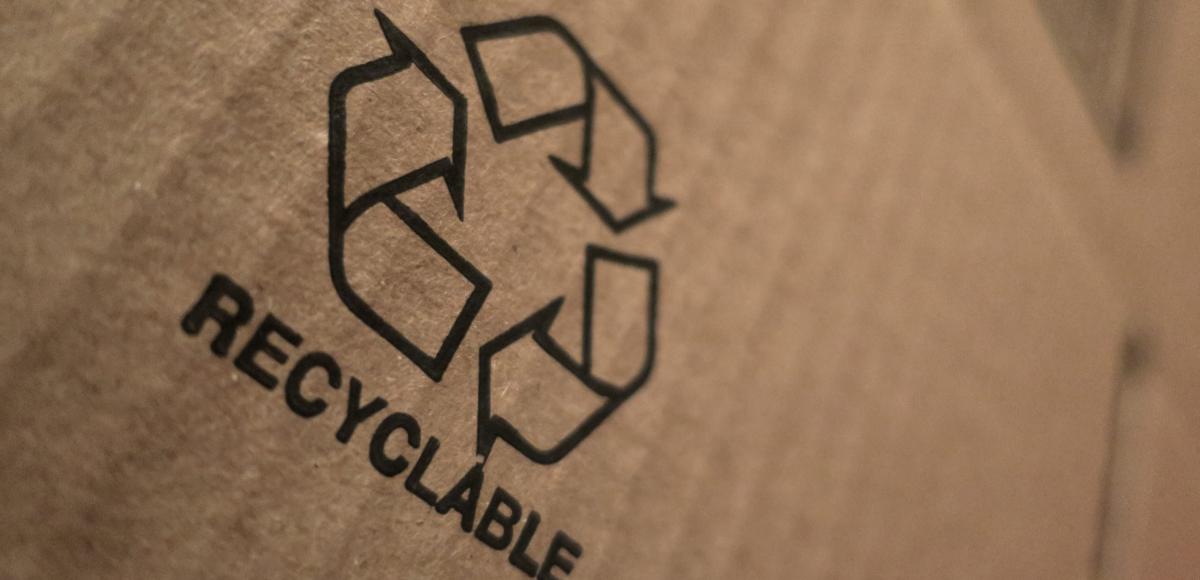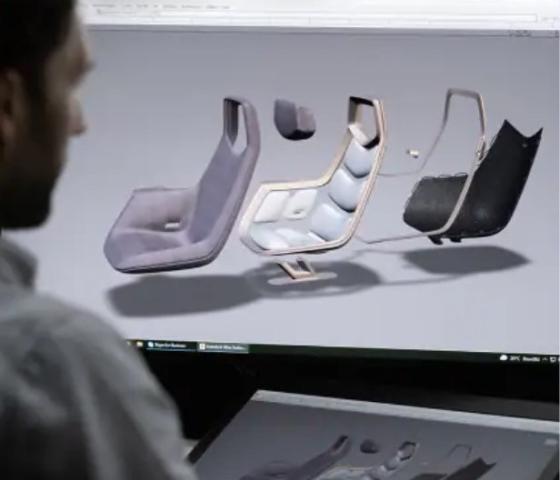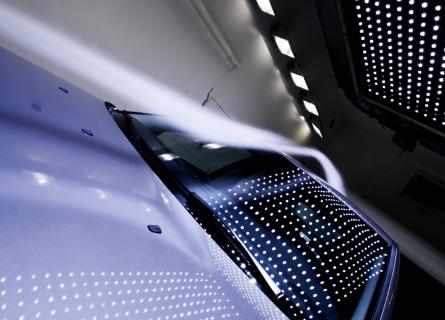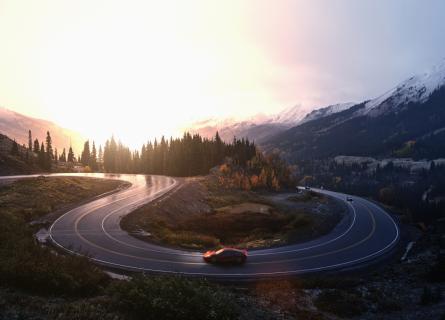
The crucial role of Colour, Material, and Finish (CMF) in sustainable product development
Transforming product sustainability
Did you know that approximately 70% of a product's environmental impact is determined during the design phase? Were you also aware that the linchpin driving sustainable production is called CMF?
In the constantly evolving realm of product design and development, the integration of sustainable practices has become an absolute necessity. It's clear that those who still cling to outdated sustainability practices in product development are at risk of falling behind in the market – if they haven't already.
Consequently, manufacturers worldwide are now pondering how to embark on a sustainable transition. One often overlooked yet indispensable aspect of this transition is the strategic consideration of Colour, Material, and Finish (CMF). This triad not only elevates the aesthetic appeal of products but also spearheads a sustainable revolution in the industry.

Urgent imperatives for thriving businesses
The urgency of integrating CMF as a sustainable production tool has become a pressing concern due to several pivotal business factors, including:
- Regulatory pressures: Governments and regulatory bodies are tightening environmental standards and regulations. Non-compliance can result in legal repercussions and reputational damage.
- Evolving consumer demands and awareness: Modern consumers are increasingly environmentally conscious and demand sustainable products. Companies must not only meet market expectations but also stay ahead of them.
- Waste reduction and the circular economy: The linear production-consumption-disposal model no longer suffices. Ignoring new business models and service offerings, or failing to design products that are easily recyclable, upgradable, or repurposable, will have severe repercussions on business outcomes.
- Global supply chain risks: Vulnerabilities in global supply chains, whether due to resource scarcity or geopolitical factors, pose risks to traditional production methods.
- Environmental material impacts: The choice of materials directly influences a product's environmental footprint. Given mounting concerns about climate change and resource depletion, transitioning to more sustainable alternatives is an urgent necessity.
- Innovation and competitive edge: Sustainable practices often drive the development of new technologies and materials. Ignoring this innovation focus, in a market where sustainability increasingly sets companies apart, is a missed opportunity.
- Long-term business viability: Brands that neglect genuine and substantiated sustainability efforts (not mere greenwashing statements) risk obsolescence.
In essence, CMF integration as a sustainable production tool has taken center stage because it addresses the urgent need for environmental responsibility, aligns with evolving consumer expectations, mitigates regulatory risks, and ensures the long-term resilience and competitiveness of businesses in a constantly changing global landscape. Ignoring this imperative is no longer a viable option for companies aiming to thrive in a sustainable future.
CMF integration as a survival strategy
So, where to start? Here is some guidance, drawing upon AFRY's extensive expertise and experience in CMF integration:
- CMF in early stages: It's crucial to understand that CMF is no longer limited to adding colour or patterns after the design is finalised. It has evolved from a traditional styling domain to a leading-edge innovation realm that demands early attention. Consequently, the search, development, and selection of new sustainable materials now shape the actual game plan and requirements for conceptual design, not the other way around.
- Introducing new materials: Selecting suitable materials is pivotal in ensuring a sustainable product lifecycle. CMF integration facilitates informed decisions regarding eco-friendly, recycled, and low-impact materials.
- Monitoring your CO2 footprint: CMF decisions can significantly reduce the environmental footprint by choosing eco-friendly materials, local suppliers, or easily recyclable materials. Therefore, a CO2 footprint assessment of all materials is essential in the renewed development toolkit.
- Designing for durability and circular business models: Material and finish choices directly affect a product's durability and resilience. By opting for high-quality, long-lasting materials, combined with modular design principles that enable easy repairs or recycling, product developers contribute to reducing overall waste generated by disposable products.
- Efficient processes through visual CMF integration: CMF decisions can optimise manufacturing processes by selecting readily available, easily processed, and environmentally friendly materials. Efficiency is enhanced through early digitalisation of these materials. Hence, a modern design department should possess a comprehensive digital material library and incorporate VR as an iterative testing tool. This approach ensures optimized efficiency by translating sustainable material requirements into CAD formats at early stages. Moreover, VR allows remote, instantaneous decision-making on CMF design concepts across global organisations.
Concluding remarks
In conclusion, the integration of Colour, Material, and Finish in product development goes beyond aesthetics; it represents a strategic leap toward a sustainable future and lasting business significance. Through thoughtful and informed CMF choices, product developers have the power to diminish their environmental footprint, engage and educate consumers, and play an essential role in driving the transition towards responsible and sustainable consumption.
The circular CMF paradigm shift is already in full swing within the automotive industry, with pioneers such as Polestar, Mercedes Benz, VW Group, and BMW (which introduced the BMW Vision Circular in 2021) leading the way.

Global experts in CMF integration as a sustainable tool
At AFRY, we boast over 1500 sustainability experts in CMF, visualisation, design, and circular business practices worldwide. With a proven track record of initiating sustainability transformation strategies for several global automotive and manufacturing brands and teams, we are shaping the future alongside our clients and partners.





